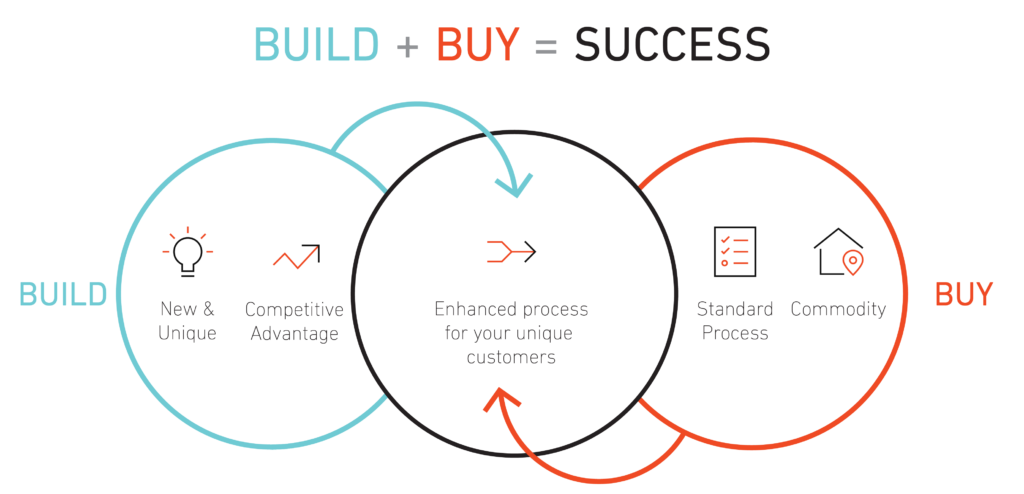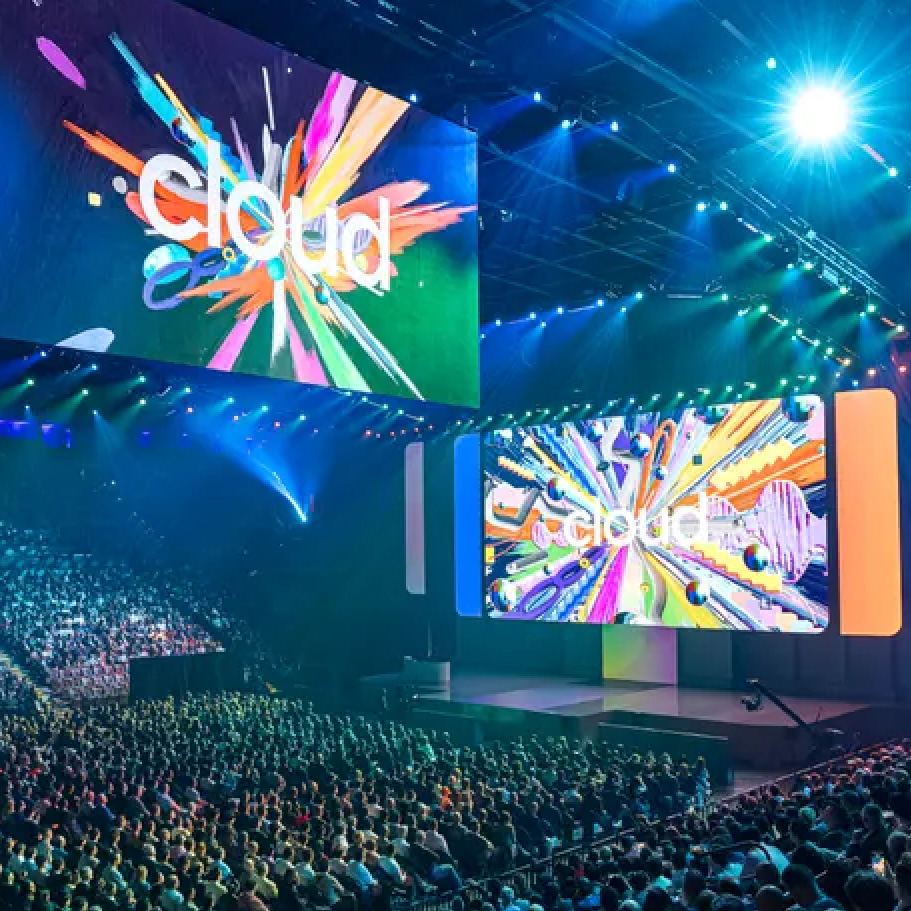Platform Modernization: Navigating the Build-to-Buy Continuum

Meghan Stiling
Chief Digital Officer
Copy Link
Share on LinkedIn
Share on X
Share on Facebook
Share on WhatsApp





